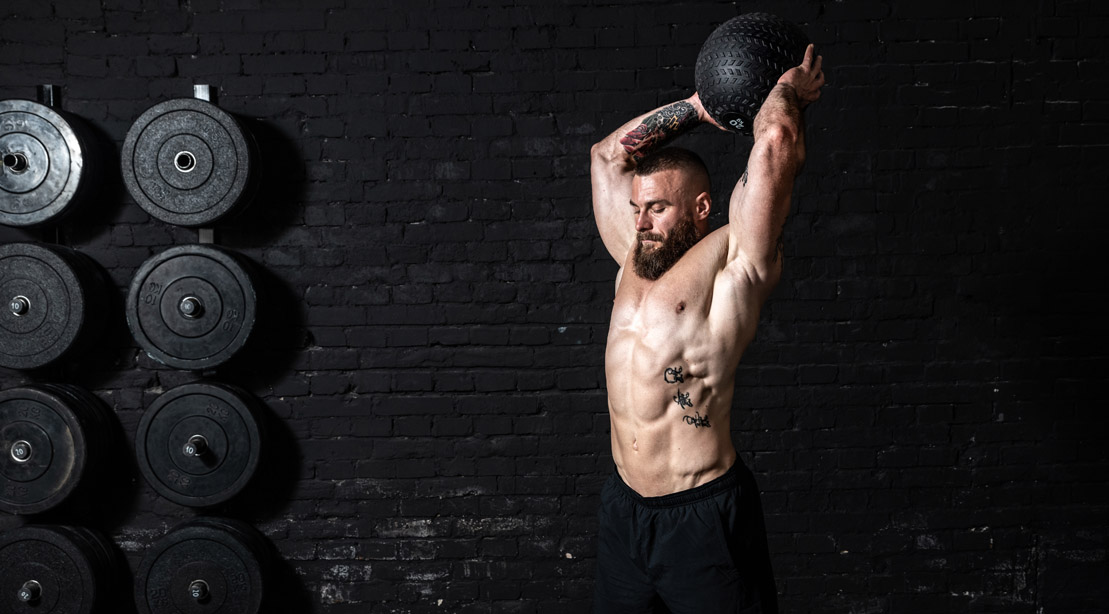Athletically speaking, there’s very few things more visually appealing than watching an NBA star dunk a basketball or an NFL wide receiver elevate to catch a football, or an Olympic-caliber sprinter run a sub-10-second 100 meters. What do these feats have in common? These displays of power are the results of power training exercises. They make it seem so effortless that you and I could stroll up and do it.
Many of these athletes may have genetics on their side (as well as a willingness to put in the work), but they also train power to maintain an edge over their competition. It’s great to be strong, but it is even better to be strong and powerful.You may never become a pro athlete, but that doesn’t mean you can’t train to develop more power to power through your everyday life.
But what is power? Let’s get scientific for a moment,
Power is determined by Force and Acceleration (P = F x A). Force is a push or pulls from the object’s interaction with another object, such as gravity. Acceleration is the rate at which an object changes its velocity, like sprinting to catch the bus or a car moving from a dead stop.
When you combine these two, the magic happens. What they don’t tell you in the gym is that power is a use-it-or-lose-it proposition. Losing the ability to do things quickly and powerfully can result in loss of muscle mass, particularly in older adults. Given a choice, you should use it.
Here six strength and fitness coaches share their favorite power-training exercises so you will use it and not lose it.
When Do You Train For Power?
The power training exercises demonstrated below are best performed after your warm-up when your muscles are ready but not fully taxed. Training for power is demanding on your neurological/muscular system and is best trained when you’re fresh for the best results.
Training power early in your training sets the table for the rest of your workout because your fast-twitch muscles are now primed to lift some weight. Power trains fast twitch muscle fibers that operate without oxygen but have the most significant potential for growth. That’s right; power sets the table for gains.
3 Benefits of Power Training Exercises
Training for power will turn heads in the gym because you’ll be the coolest person there. But here are three other significant benefits of including power training exercises in your routine.
- Improved Coordination: Training power is a great way to improve your kinesthetic awareness: your ability to control and be aware of your body in space. Power exercises must recruit all the muscle fibers as quickly as possible to do a rep successfully. If not, it may get ugly.
- Better Focus: Think of the moment before you perform a box jump or a plyo push-up before your feet or hand hit the ground or box. This takes some stones and requires you to focus or else. What if you don’t get your hand down in time, miss your box, jump, and slam your shins? Training power will increase your training focus because some fear in your training is healthy.
- Improved Cardio Fitness: Training power help improves your cardio fitness because performing power exercises encourages the heart to pump more blood with each pump and return to your resting heart rate faster.
